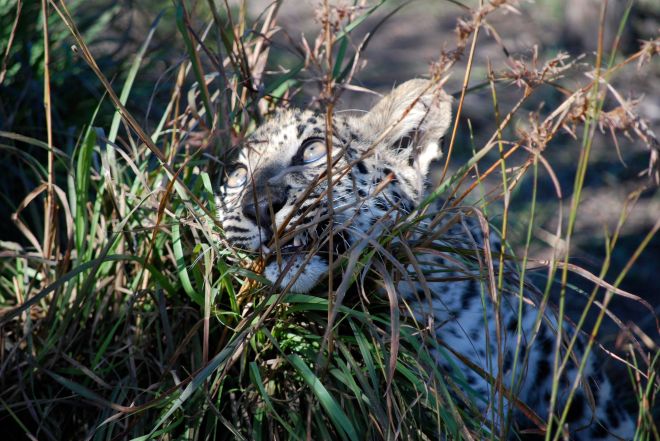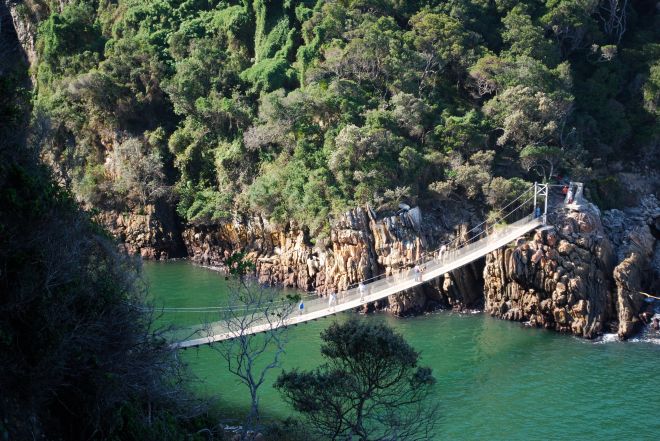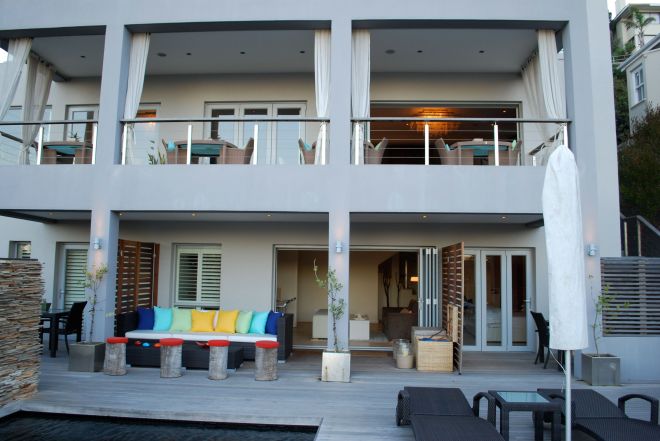Johannesburg, South Africa
There are only a couple of flights out of Victoria Falls each day.
We left plenty of time this morning to get to the airport, check-in and make sure there wasn’t any possibility of missing ours. Right on time, a British Airways flight arrived from Johannesburg, was refueled and turned around.
Wheels were up on time, a little after 1:30 p.m., for our 2-hour flight. Picking up my backpack from the carousel, it was immediately obvious that some Zimbabwean baggage handler at Vic Falls Airport had gone searching for treasure. The straps were all undone and my lock was broken; a quick check didn’t reveal anything missing. From past experience, I’ve learned not to pack anything but clothing underneath the plane — it prevents theft and minimizes disruption in case of lost luggage. This incident only means that I’ll continue to do so.
The shuttle bus to my airport hotel, the Southern Sun, was waiting just outside of the terminal. Since my flight to Mozambique is tomorrow morning, it seemed to make more sense to overnight close by, especially since Johannesburg city center is a bit far from the airport.
My room on the fifth floor overlooked a parking lot, but was clean, quiet and had a huge bed and nice rain shower.


The Internet access was extra (seriously?) but worth it. The afternoon and evening was spent sitting in my bathrobe, watching BBC, firing off e-mails and eating a gigantic bacon cheeseburger — the best I’ve had on this continent.

My flight to Vilanculos, Mozambique departs tomorrow at 10:20 a.m.












































































































